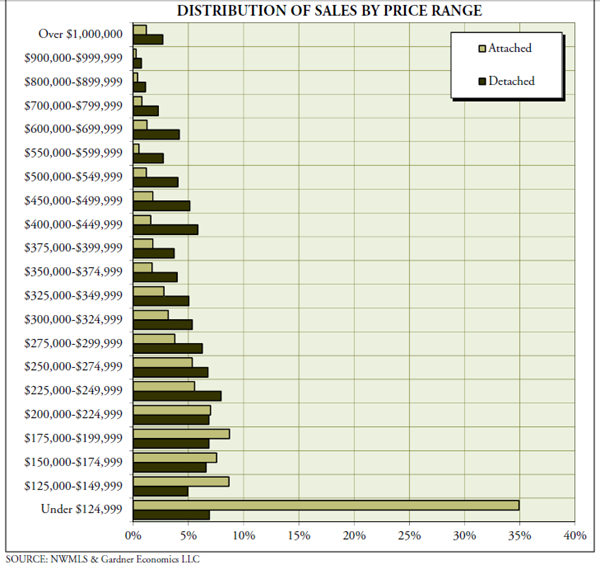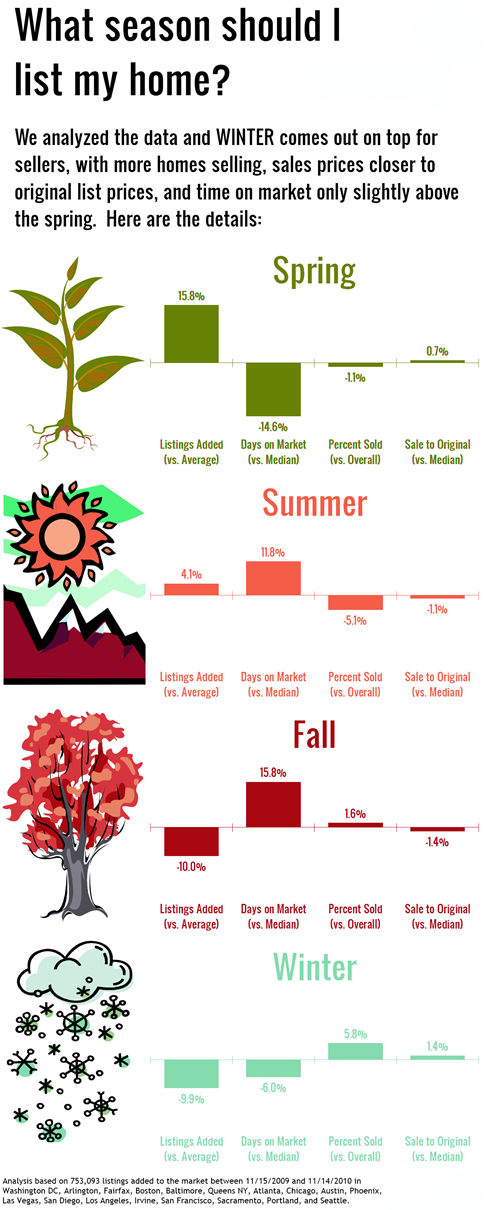 Forbes partnered with Nextdoor.com, a social network for neighborhoods, to determine the friendliest towns in America. A total of 500 towns with populations between 5,500 and 150,000 were included in the study and ranked on the percentage of owner-occupied homes, crime rate, charitable giving, and percentage of college graduates. Studies have shown home ownership can increase neighborhood stability and college-educated people have been found to display more civic engagement.
Forbes partnered with Nextdoor.com, a social network for neighborhoods, to determine the friendliest towns in America. A total of 500 towns with populations between 5,500 and 150,000 were included in the study and ranked on the percentage of owner-occupied homes, crime rate, charitable giving, and percentage of college graduates. Studies have shown home ownership can increase neighborhood stability and college-educated people have been found to display more civic engagement.
The following towns emerged as the top 6 friendliest towns in the nation, according to the study:
- Sammamish, Wash.: a Seattle suburb where nearly 90 percent of households own their own homes.
- Orinda, Calif.: Just outside of Oakland, this suburb boasts a 92 percent of owner-occupied units.
- Fishers, Ind.: This town has a very low crime rate and year-round community activities.
- Seal Beach, Calif.: An “Orange County seaside enclave” in which about 75 percent of residents own their homes.
- Westerville, Ohio: A Columbus suburb boasts about 40 parks, and a very low crime rate.
- Frisco, Texas: Fast-growing suburb in which the population has grown from 40,000 to 120,000 since 2000 and 80 percent of its risdents own their homes.
Check out the homes available here in Sammamish.
Find out what other towns made the friendliest list at Forbes.






